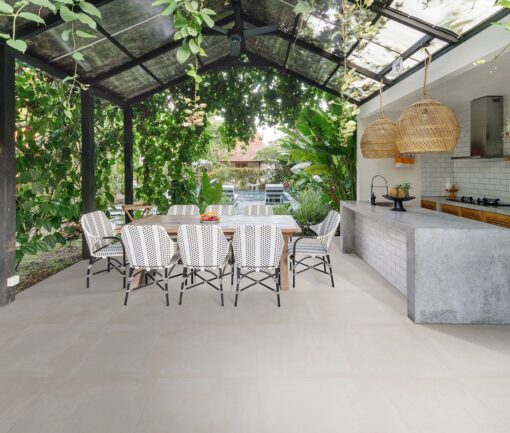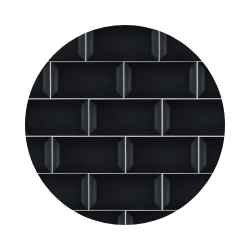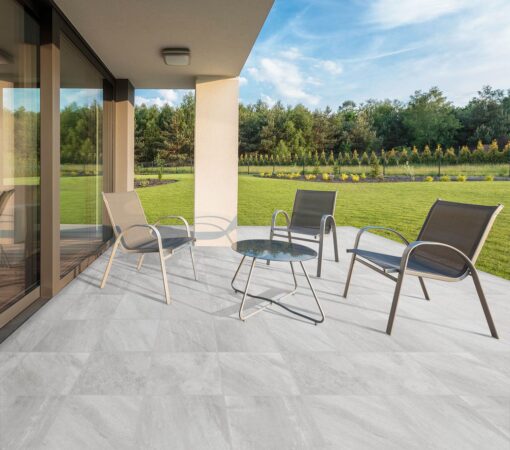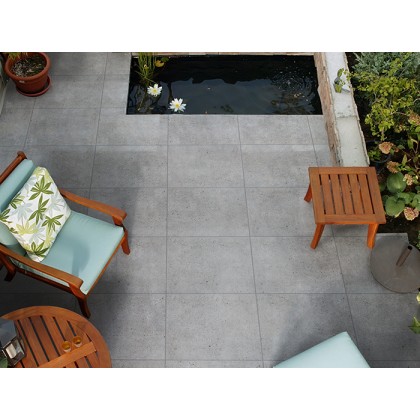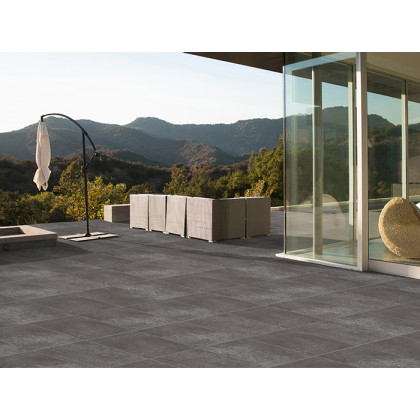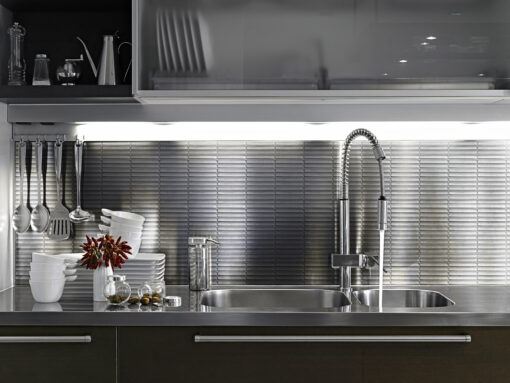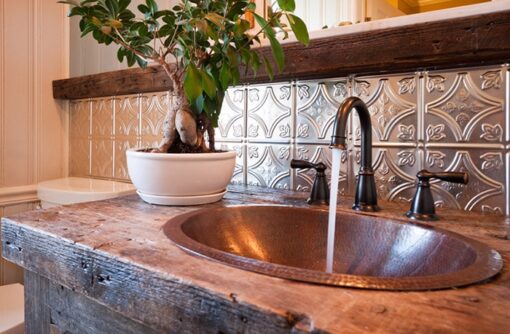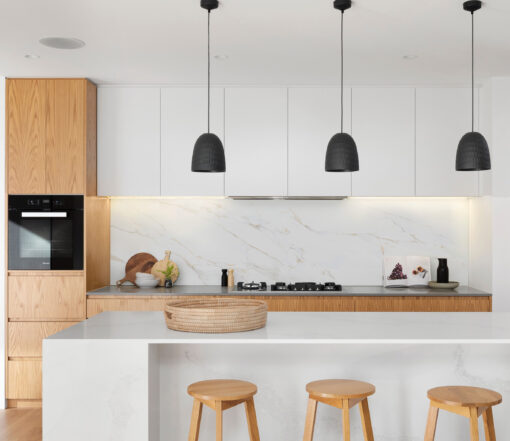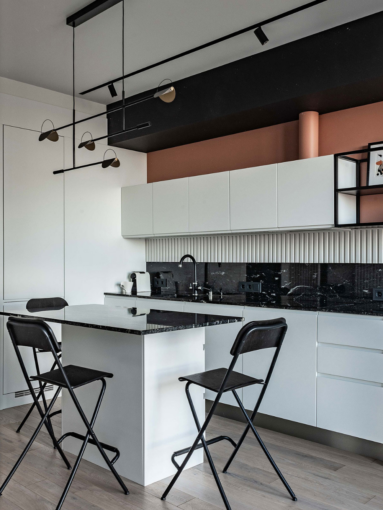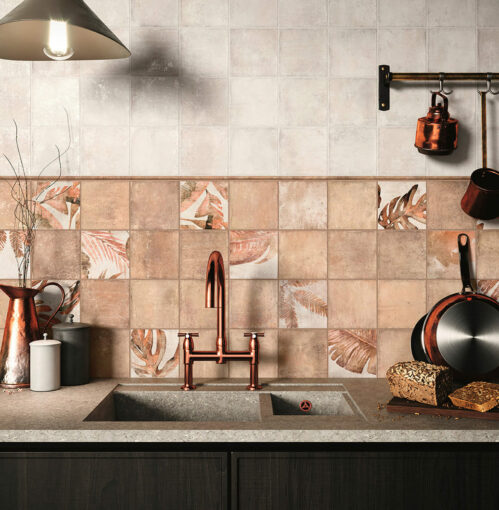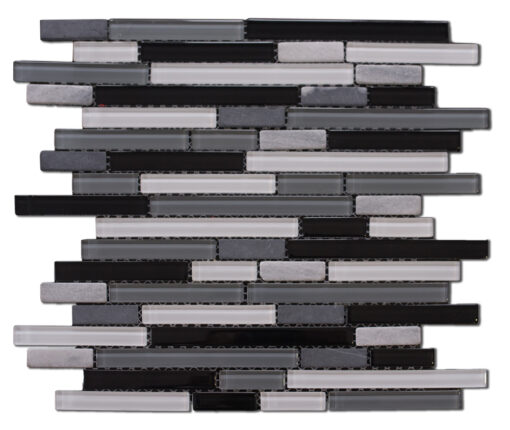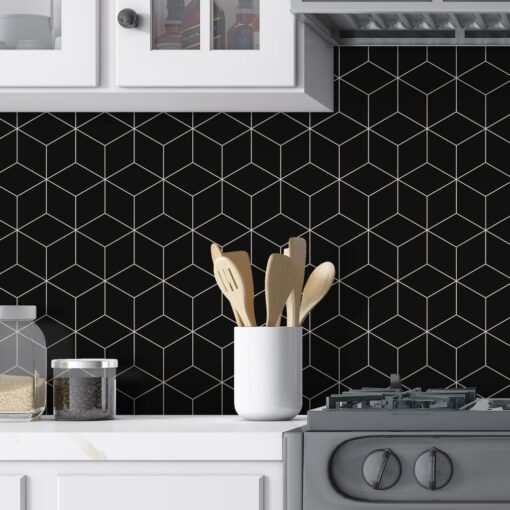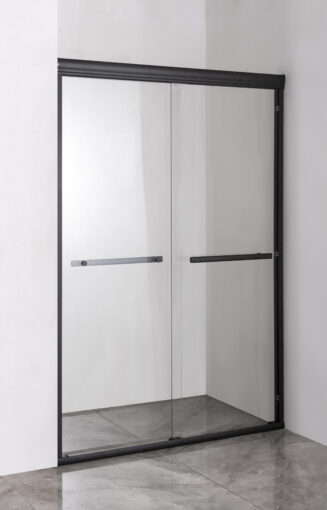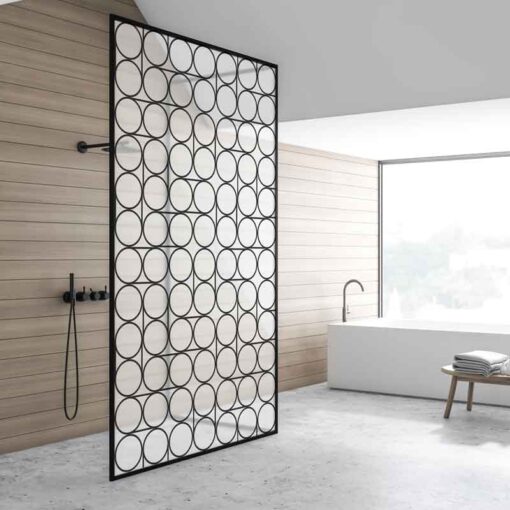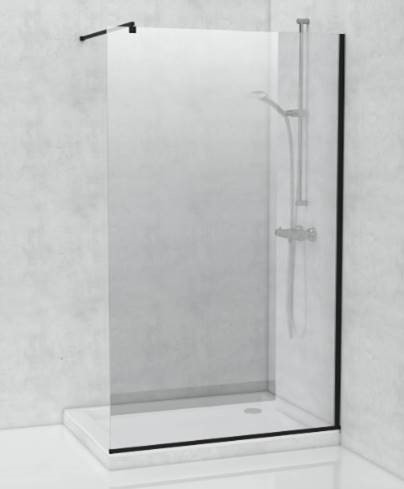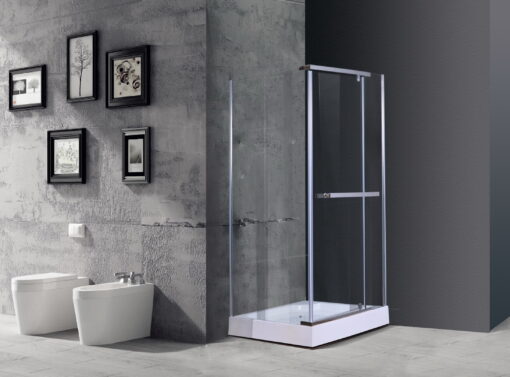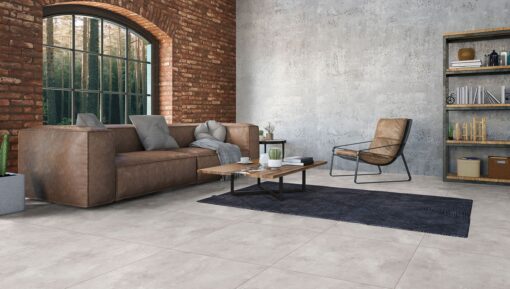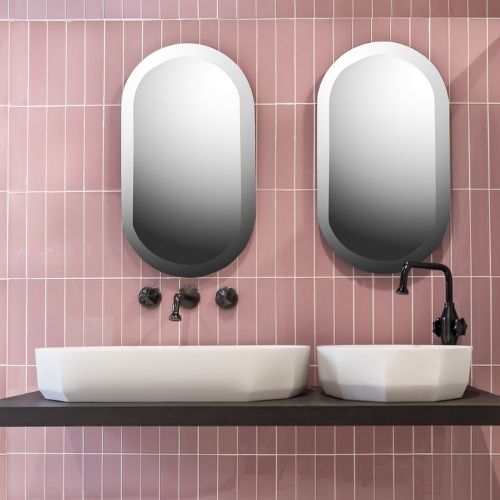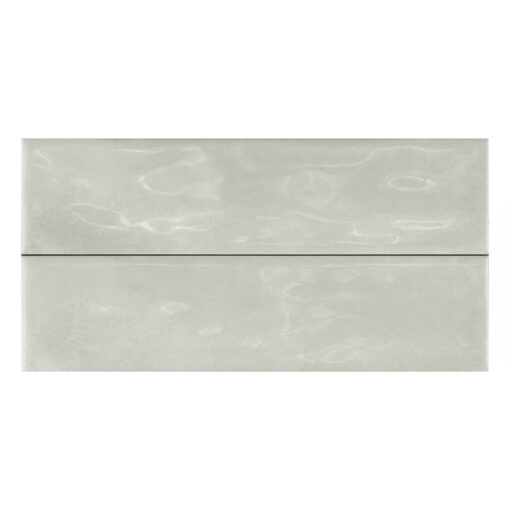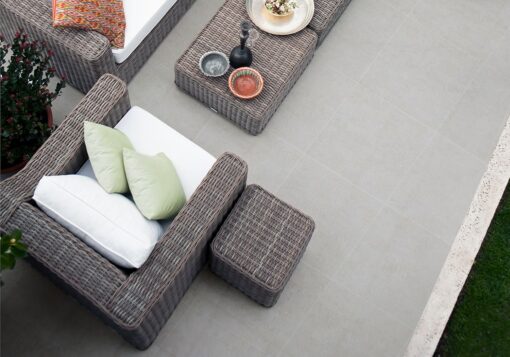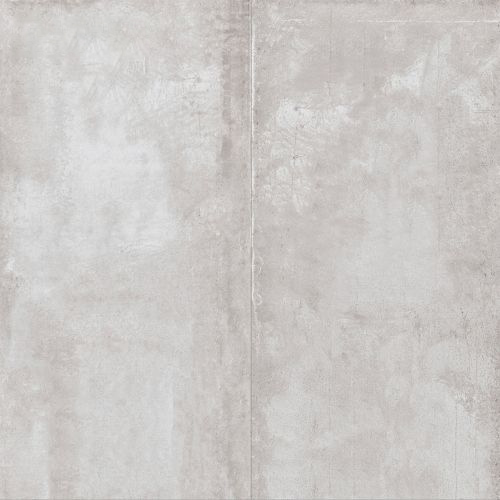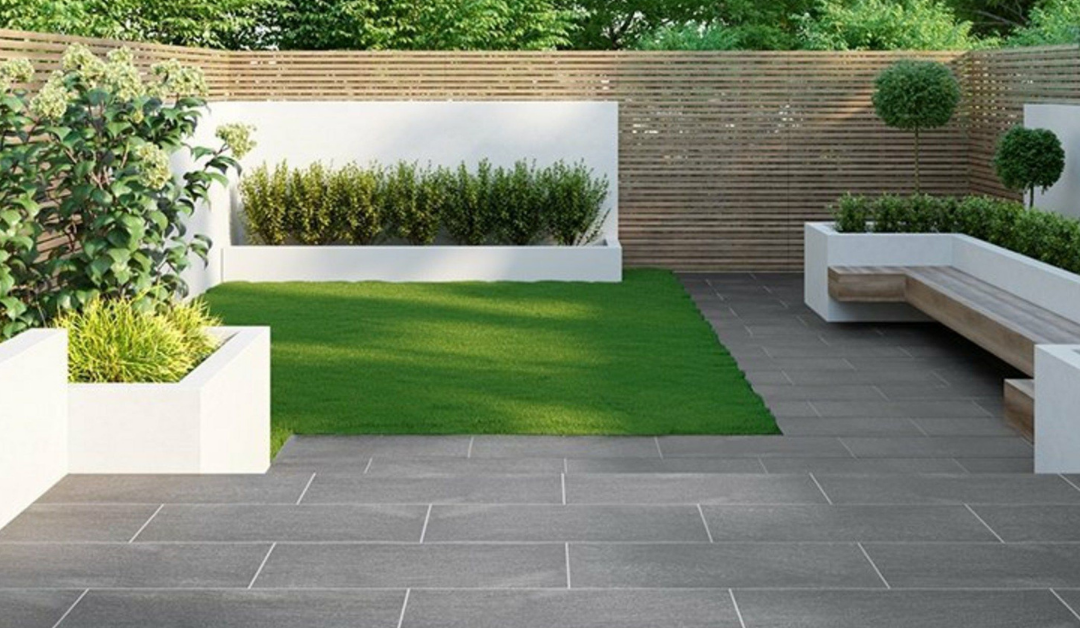
blog, outdoor
Outdoor areas such as patios, decks, and walkways are an extension of your home’s living space, and choosing the right tiles for these areas is crucial for their functionality and aesthetics. Outdoor tiles not only need to be visually appealing but also durable, slip-resistant, and capable of withstanding the elements.
With so many options available in the market, it can be overwhelming to make the right choice. Here are some top tips to help you choose the perfect outdoor tiles for your home.
Consider Material:
The choice of material is crucial when it comes to outdoor tiles. Some popular options include porcelain, ceramic, natural stone, and concrete. Porcelain tiles are known for their durability, low maintenance, and resistance to moisture and stains, making them an excellent choice for outdoor areas. Ceramic tiles are also durable, affordable, and come in various styles and colors. Natural stone tiles like granite, travertine, and limestone offer a natural and timeless look, but they require more maintenance. Concrete tiles are another durable option that can mimic the look of other materials at a lower cost. Consider the pros and cons of each material and choose the one that best suits your budget, style, and maintenance preferences.
Check Durability:
Outdoor tiles need to withstand harsh weather conditions, foot traffic, and other outdoor elements. Therefore, it’s essential to choose tiles that are durable and long-lasting. Look for tiles with a high PEI (Porcelain Enamel Institute) rating for better durability. A PEI rating of 3 or higher is ideal for outdoor tiles, indicating they can handle heavy foot traffic without wearing down quickly. Additionally, consider the climate of your area and choose tiles that are resistant to frost, heat, and UV rays to prevent fading, cracking, or warping over time.
Prioritize Safety:
Safety is a crucial factor to consider when choosing outdoor tiles. Outdoor areas can become slippery, especially when wet, posing a risk of accidents. Look for tiles with a textured or slip-resistant surface to ensure safety. Textured porcelain or ceramic tiles with a high coefficient of friction (COF) are ideal for outdoor areas as they provide better traction and prevent slips and falls. Avoid polished or glossy tiles for outdoor areas as they tend to be slippery, especially when wet.
Consider Aesthetics:
While durability and safety are important, aesthetics play a significant role in enhancing the overall look of your outdoor areas. Consider the style, color, and pattern of the tiles that complement your home’s architecture and your personal design preferences. Neutral colors like gray, beige, or tan are versatile and can easily blend with different design styles. Natural stone tiles provide an organic and rustic look, while porcelain or ceramic tiles offer a wide range of colors and patterns to suit various design styles. Consider the size of the tiles as well, larger tiles can make a space look more open and modern, while smaller tiles can create a traditional or intricate look.
Budget Wisely:
Last but not least, consider your budget when choosing outdoor tiles. Outdoor tiles come in a wide range of prices, and it’s essential to set a budget beforehand and stick to it. Keep in mind that not all expensive tiles guarantee better quality, and affordable options can still offer durability and aesthetic appeal. Research different tile options and their prices, compare quotes from different suppliers, and factor in installation costs as well. It’s also important to consider the long-term costs of maintenance and potential replacements. By budgeting wisely and choosing tiles that align with your budget, you can ensure that your outdoor tile project remains cost-effective and doesn’t break the bank.
Choosing the right outdoor tiles for your home requires careful consideration of various factors such as material, durability, safety, aesthetics, and budget. By following these top tips, you can make informed decisions and ensure that your outdoor areas are not only visually appealing but also durable and safe.
Check out our range of outdoor tiles to transform your outdoor areas into inviting and functional spaces that enhance the overall beauty and value of your home.
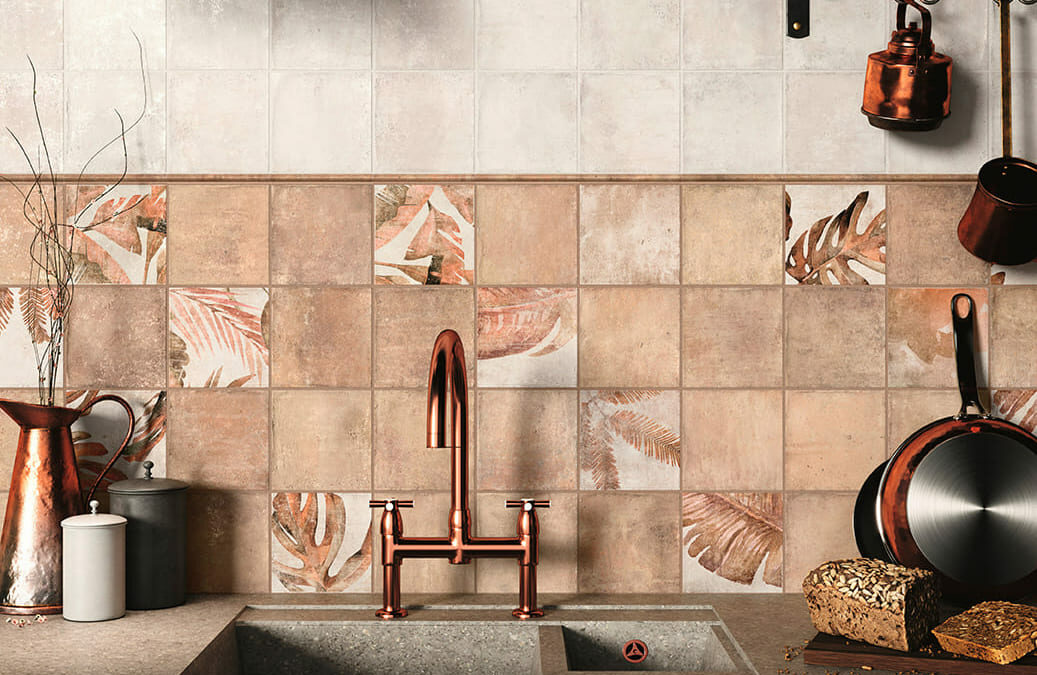
blog, kitchen
The kitchen is not just a functional space for cooking, but also a place where we gather, entertain, and create memories. One of the key elements that can transform the look and feel of your kitchen is the backsplash. A well-designed backsplash can add style, colour, and personality to your kitchen, making it a focal point and elevating its overall aesthetic.
If you’re looking for some inspiration, you’re in luck! In this blog, we’ll explore the top backsplash tile ideas that can give your kitchen a facelift and create a stunning focal point.
Bright and Bold Backsplash:
If you’re looking to make a statement in your kitchen, consider a bright and bold backsplash. Opt for vibrant colours like turquoise, red, or yellow to add a pop of personality and create a focal point in your kitchen. You can choose tiles with bold patterns or solid colours to make a bold statement. Pair it with neutral-coloured cabinets and countertops to let the backsplash shine and create a dynamic and eye-catching look.
Rustic Backsplash:
If you’re a fan of rustic style, consider incorporating metal looking tiles into your kitchen backsplash. Metal looking tiles can add a unique and industrial touch to your kitchen, creating a rustic and modern look. Copper, bronze, and stainless steel are popular colour choices for metal looking tiles in a rustic kitchen backsplash. You can use metal looking tiles in various patterns, such as subway tiles, herringbone, or chevron, to create a visually appealing design. Metal looking tiles can also be combined with other materials, such as natural stone or wood, to create a beautiful contrast and add depth to your backsplash. The combination of rustic elements with the sleekness of metal looking tiles can create a stunning and unexpected backsplash that will be the focal point of your kitchen.
Marble Tile Backsplash:
Marble has been a timeless and elegant choice for interior design, and it can also make a stunning backsplash in your kitchen. Marble tile backsplash adds a touch of luxury and sophistication to your kitchen, creating a sleek and polished look. A marble tile backsplash can be used to complement various kitchen styles, from classic to modern, and can be paired with different cabinet colours and countertop materials.
Mixed Tiles Backsplash:
For a unique and eclectic look, consider mixing different types of tiles in your backsplash. You can mix and match different colours, shapes, sizes, and materials to create a truly one-of-a-kind design. For example, you can combine subway tiles with mosaic tiles, glass tiles with ceramic tiles, or patterned tiles with solid-coloured tiles. Mixing tiles can add visual interest, texture, and depth to your backsplash, creating a focal point that stands out.
Chevron Tiles Backsplash:
Chevron tiles are a trendy and modern option for a backsplash that adds a geometric and dynamic look to your kitchen. Chevron tiles are rectangular tiles that are installed in a chevron or zigzag pattern, creating a unique and eye-catching design. You can choose chevron tiles in a variety of colours, materials, and sizes to match your kitchen style and colour palette. Chevron tiles can create a sense of movement and energy in your backsplash, making it a focal point that captures attention.
Mosaic Tiles Backsplash:
Mosaic tiles are a fantastic way to add colour, texture, and visual interest to your kitchen backsplash. They are small tiles that are arranged in a pattern or design, creating a beautiful and intricate look. Mosaic tiles are available in a variety of materials, including glass, ceramic, porcelain, and natural stone, giving you plenty of options to choose from. You can opt for a monochromatic mosaic pattern for a subtle and sophisticated look, or go for a vibrant and colourful design to make a bold statement. Mosaic tiles can be used as a focal point behind the stove or sink, or can be used to cover the entire backsplash area for a stunning and eye-catching look.
A well-designed backsplash can transform the look and feel of your kitchen, adding style, colour, and personality.
So, why wait? Get inspired by these fresh backsplash ideas and give your kitchen a facelift with the perfect tile backsplash!
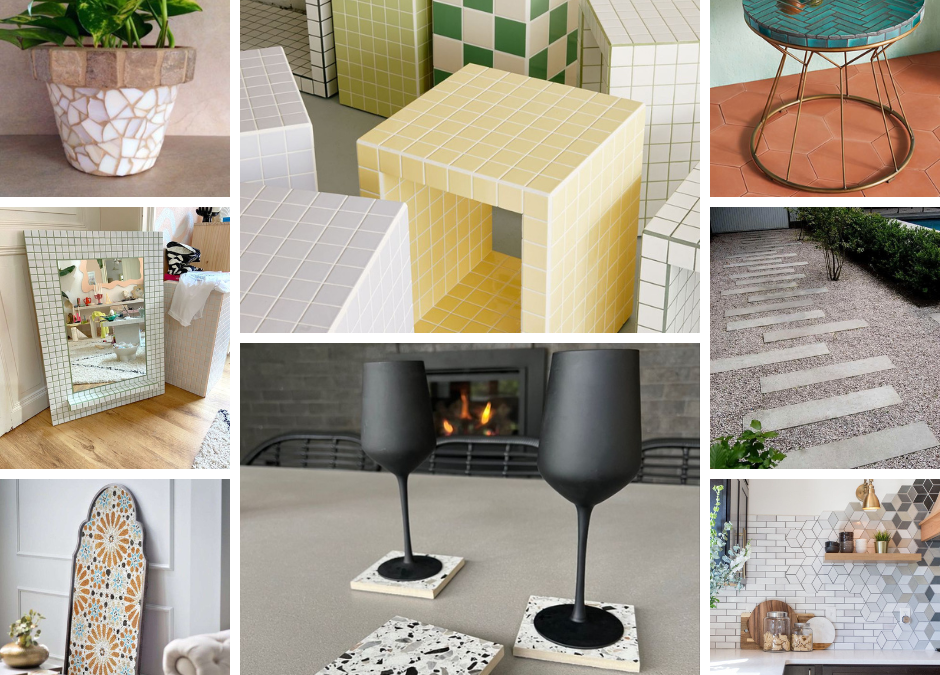
blog, floors, walls
Are you left with a pile of leftover or broken tiles after a renovation or a DIY tiling project?
Don’t let them go to waste! There are plenty of creative and practical ways to repurpose and recycle your tiles, adding a touch of style and functionality to your home.
We will explore some great ways to use your leftover tiles. Let’s dive in!
Create a Stunning Mosaic Wall Art Piece
One of the most popular ways to use leftover tiles is to create a stunning mosaic wall art. Mosaic art has been around for centuries and can add a unique and artistic touch to any space. You can arrange the leftover tiles in various patterns and colours to create a beautiful mosaic design. Whether it’s a focal point in your living room, a backsplash in your kitchen, or an accent wall in your bathroom, mosaic wall art made from leftover tiles can transform a plain wall into a work of art.

DIY Coasters and Trivets
Another great way to use leftover tiles is to create DIY coasters and trivets. Coasters and trivets are not only functional but also a stylish addition to your home décor. Simply cut the leftover tiles into smaller pieces and arrange them in a pattern of your choice. You can then glue them onto cork or felt backing to create custom-made coasters or trivets. They are not only practical for protecting your surfaces from heat and moisture but also a great conversation starter when you have guests over.
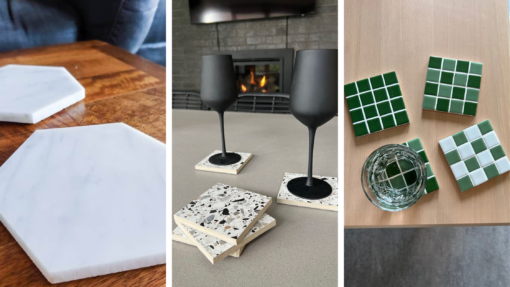
Revamp Furniture with Tile Accents
Do you have a plain-looking piece of furniture that needs a makeover? Use leftover tiles to revamp it! You can add tile accents to furniture pieces like coffee tables, side tables, or even dressers to give them a fresh and unique look. Simply glue the tiles onto the surface of the furniture, creating a pattern or design that complements your home decor. You can mix and match different tile sizes, shapes, and colours to create a one-of-a-kind piece of furniture that reflects your personal style.
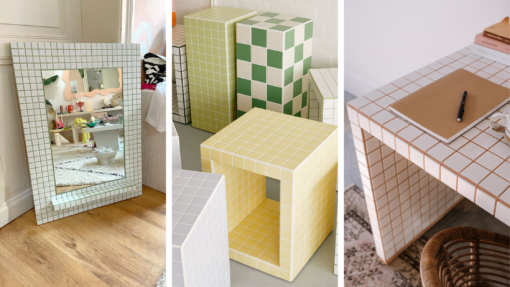
Create a Stunning Garden Pathway
If you have a garden or outdoor space, leftover tiles can be a great material to create a stunning garden pathway. Lay the tiles in a pattern of your choice to create a visually appealing and functional pathway that adds charm to your garden. You can use a variety of tile shapes, colours, and sizes to create a unique and personalized pathway that enhances the overall aesthetic of your outdoor space.
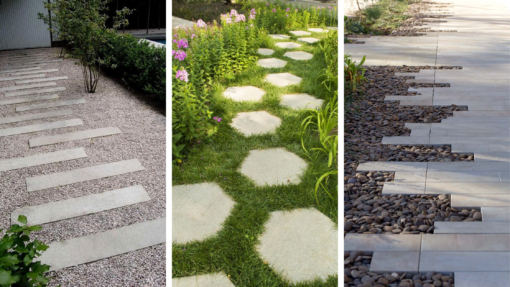
Design Unique Kitchen Backsplashes
Kitchen backsplashes are not only functional but also an opportunity to add style and personality to your kitchen. Leftover tiles can be a perfect material to create a unique and eye-catching kitchen backsplash. You can use the leftover tiles to create a mosaic design, a herringbone pattern, or a simple subway tile layout. By repurposing leftover tiles, you can save money on materials and create a backsplash that is truly one-of-a-kind.
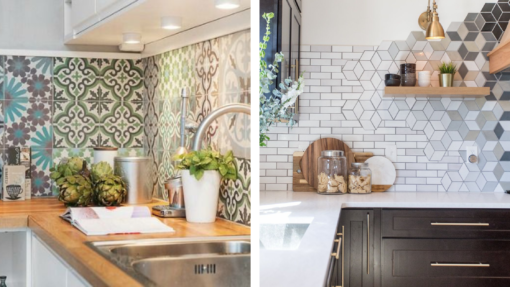
Craft Stylish Garden Planters
Leftover tiles can also be used to create stylish garden planters. You can use the tiles to cover the exterior of a planter box or create a mosaic design on the surface of a plain terracotta pot. The tiles can add a pop of colour and texture to your garden, making your plants stand out. You can also mix and match different tile patterns and colours to create a cohesive look or a playful mismatched aesthetic, depending on your preference.

DIY Tabletops and Countertops
If you’re feeling particularly adventurous, you can use leftover tiles to create DIY tabletops and countertops. By arranging the tiles in a pattern of your choice and securing them with a strong adhesive, you can create a unique and eye-catching tabletop or countertop that becomes a focal point in your home. You can choose from a variety of tile patterns, colors, and sizes to match your personal style and the overall aesthetic of your space.

Don’t let your leftover or broken tiles go to waste! There are numerous creative and practical ways to repurpose and recycle them, adding a touch of style and functionality to your home.
By repurposing your leftover tiles, you can save money on materials, reduce waste, and add a unique and personalized touch to your home décor.
So, before you toss those leftover tiles into the trash, consider these great ways to use them and unleash your creativity to transform them into something beautiful and functional.
Happy tile recycling!
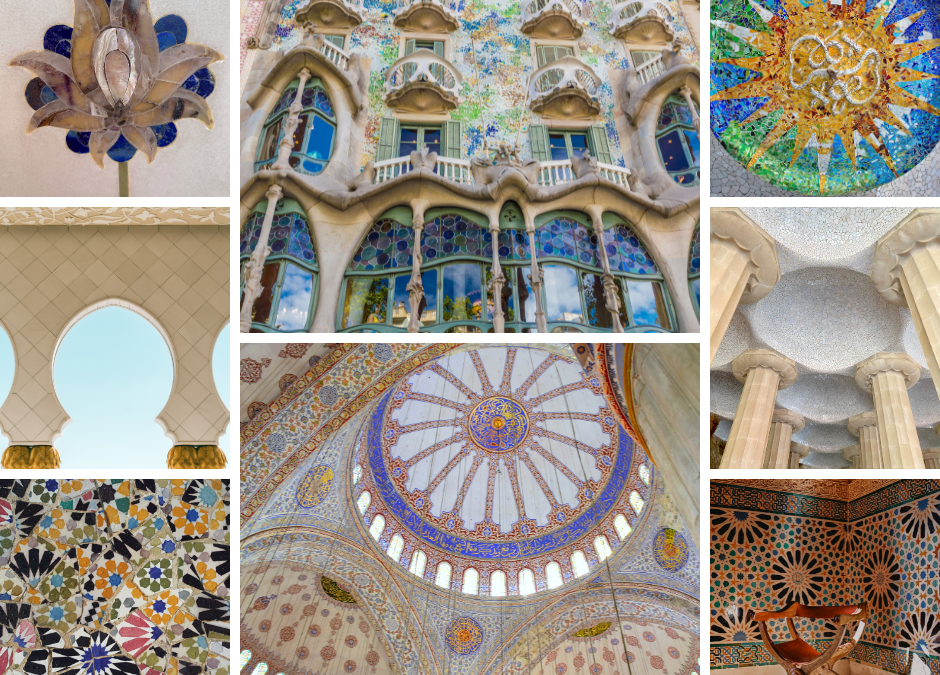
blog, commercial blog, floors, walls
Are you looking for inspiration for your next home renovation project?
Look no further than the world’s most beautiful tilework!
From intricate mosaics to stunning geometric designs, these top tiling projects from around the world will leave you awestruck. Whether you’re a DIY homeowner or an interior designer, these examples are sure to spark your creativity.
Alhambra Palace, Granada, Spain
The Alhambra Palace in Granada, Spain is a stunning example of Moorish architecture and design. The intricate tilework throughout the palace is a testament to the skill and craftsmanship of the artisans who created it. The use of vibrant colors and geometric patterns creates a sense of harmony and balance that is truly breathtaking.
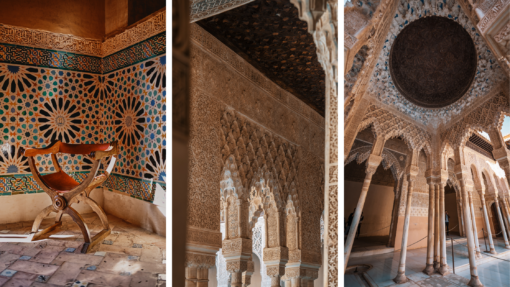
Alhambra Palace, Granada, Spain
Sheikh Zayed Grand Mosque, Abu Dhabi, UAE
The Sheikh Zayed Grand Mosque in Abu Dhabi is a modern masterpiece that combines traditional Islamic design with contemporary elements. The marble and tilework throughout the mosque is simply stunning, with intricate floral and geometric patterns that are both intricate and eye-catching.
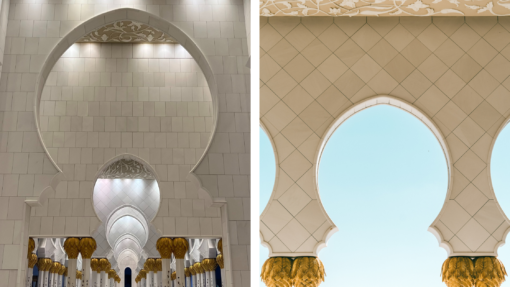
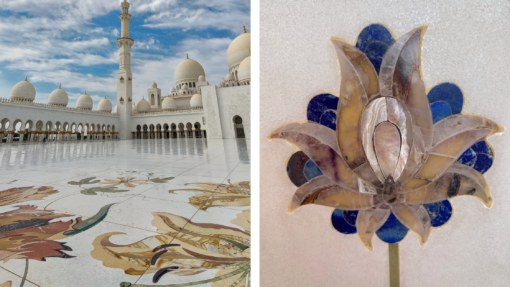
Sheikh Zayed Grand Mosque, Abu Dhabi, UAE
Park Guell, Barcelona, Spain
Park Guell in Barcelona, Spain is a whimsical wonderland of tilework created by the famous artist Antoni Gaudi. The park features an array of colorful mosaics, intricate patterns, and playful sculptures that are sure to delight visitors of all ages.
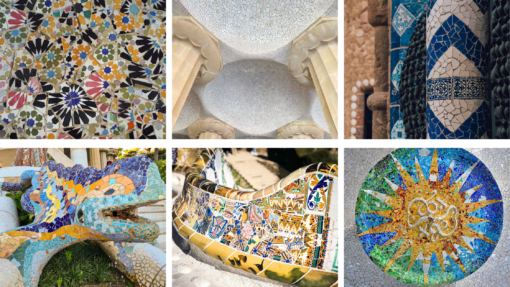
Park Guell, Barcelona, Spain
The Blue Mosque, Istanbul, Turkey
The Blue Mosque in Istanbul, Turkey is a stunning example of Islamic architecture and design. The mosque is famous for its beautiful blue tiles, which cover the walls and ceilings of the interior. The use of light and shadow creates a serene and peaceful atmosphere that is both calming and awe-inspiring.

The Blue Mosque, Istanbul, Turkey
Casa Batllo, Barcelona, Spain
Casa Batllo in Barcelona, Spain is another masterpiece created by Antoni Gaudi. The building is famous for its colorful and whimsical tilework, which covers the entire façade. The use of vibrant colors and playful patterns creates a sense of joy and wonder that is truly unique.
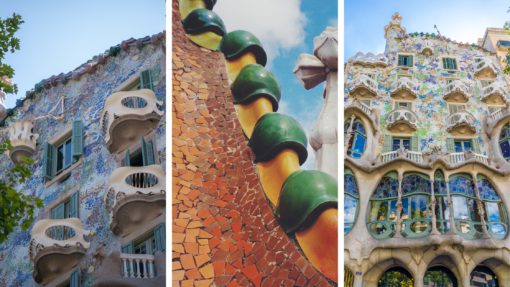
Casa Batllo, Barcelona, Spain
In conclusion, these examples of the world’s most beautiful tilework are sure to inspire DIY homeowners, consumers, and interior designers alike. Whether you’re looking for traditional Islamic design, contemporary twists on classic styles, or playful and whimsical patterns, there is something for everyone in these top tiling projects from around the world.
So why not incorporate some of these stunning designs into your next renovation project and create a space that is truly breathtaking?

bathroom, blog, how to articles
Choosing the right shower door for your bathroom can be a daunting task. With so many options available in the market, it’s easy to get confused and end up making the wrong choice. However, with a little bit of research and knowledge of the critical factors to consider, you can choose the perfect shower door for your bathroom that not only looks great but also provides functionality and durability.
In this blog, we’ll discuss the essential factors to consider while choosing your bathroom shower doors.
Type of Shower Enclosure
The type of shower enclosure is the first thing to consider while selecting a shower door. The most common types of shower enclosures are alcove, corner, and walk-in showers. Each type requires a different type of door, and it’s essential to choose the right one that fits your bathroom’s design and layout.
Space and Layout
Another crucial factor to consider is the space and layout of your bathroom. You need to measure the height, width, and depth of the shower area to ensure that the door you choose fits perfectly. If you have a small bathroom, a sliding or bi-fold door may be a better option than a swinging door that takes up more space.
Glass Type
Shower doors are available in various glass types, including clear, frosted, tinted, and textured. The type of glass you choose depends on your preference and privacy requirements. If you want more privacy, frosted or textured glass may be a better option, while clear or tinted glass is ideal if you want to showcase your bathroom’s tilework.
Glass Thickness
The thickness of the glass is another crucial factor to consider while choosing a shower door. Thicker glass is more durable and long-lasting, but it’s also heavier and more expensive. The standard thickness of shower glass is 3/8″ or 1/2″. Thicker glass is ideal for larger shower enclosures or where safety is a concern.
Frame or Frameless
Shower doors are available in both framed and frameless options. Framed doors have a metal frame around the glass, while frameless doors have no frame and use hinges to attach the glass directly to the wall. Frameless doors are more expensive but provide a sleek and modern look, while framed doors are more affordable and offer more design options.
Hardware
The type of hardware you choose, such as handles, hinges, and towel bars, can significantly impact the overall look and feel of your bathroom. It’s essential to choose hardware that complements the style and finish of your shower door and other bathroom fixtures.
Check out our Tiletoria Trends feature, where Ryan O’Connor and Deon Bing take you through our step-by-step guide to choosing the right shower door for your space
In conclusion, choosing the right shower door for your bathroom requires careful consideration of several critical factors. The type of shower enclosure, space and layout, glass type and thickness, frame or frameless, and hardware are all essential factors to consider.
By keeping these factors in mind and working with a professional if necessary, you can choose the perfect shower door that meets your needs and enhances the overall look and functionality of your bathroom.
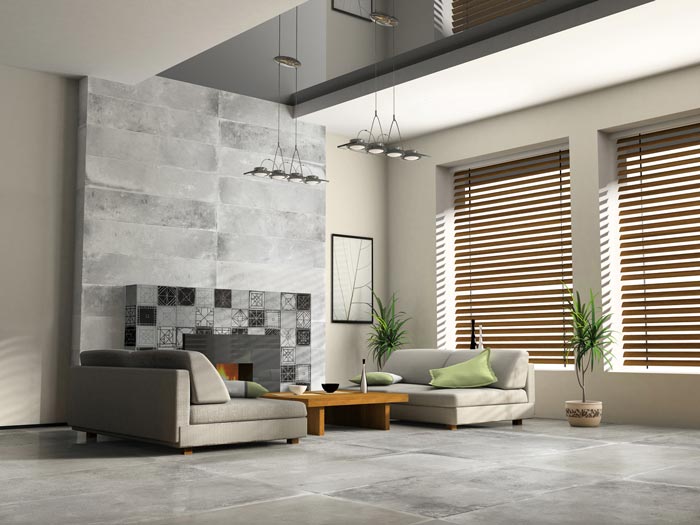
blog, floors, how to articles, walls
When it comes to home renovation, creating the illusion of more space is a common goal. One effective way to achieve this is through smart tiling choices. With the right techniques and design choices, you can make a room look bigger with tile.
In this blog, we’ll explore some smart tiling options that can impact your spatial perception and give your room a larger appearance.
Use Light-Coloured Tiles
Using light-coloured tiles can create the illusion of more space. Light colours reflect more light and make the room appear brighter and more open. Choose tiles in shades of white, cream, beige, or light grey for a more spacious feel.
Lay Tiles Diagonally
Diagonal tile patterns create an optical illusion that makes the room look wider. When tiles are laid on a diagonal angle, it creates a visual flow that draws the eye towards the corners of the room, making the space feel more expansive.
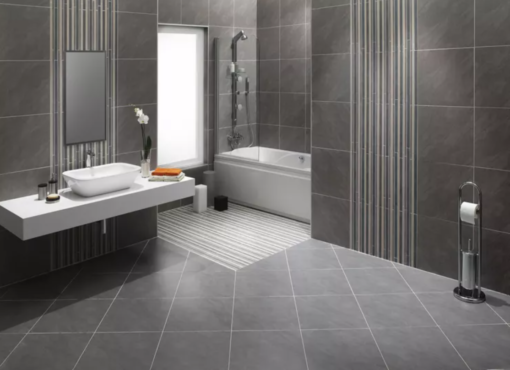
Above: image credit – The Spruce
Choose Large Format Tiles
Large format tiles are another great option for making a room look bigger. Larger tiles have fewer grout lines, which can break up the visual flow and make a room feel more cluttered. Additionally, large format tiles create a seamless look that can give the illusion of more space.
Install Tiles Vertically
Installing tiles vertically can make a room feel taller, which in turn makes the space feel larger. Vertical tiles draw the eye upwards and create a sense of height. This is particularly effective in rooms with low ceilings.
Use Glossy Tiles
Glossy tiles reflect light and create a mirror-like effect, which can make a room appear larger. This effect is particularly effective in small bathrooms or kitchens, where the reflective surface can bounce light around the space and make it feel brighter and more open.
Choose a Grout Colour That Matches the Tile
When selecting a grout colour, choose a shade that matches the colour of the tile. This creates a seamless look that can make a room feel more spacious. Using a contrasting grout colour can break up the visual flow and make a room feel smaller.
Consider Textured Tiles
Textured tiles can add depth and dimension to a space. They can also create the illusion of more space by drawing the eye towards the textured surface. Textured tiles are particularly effective in small rooms or areas that lack natural light.
In conclusion, smart tiling choices can have a significant impact on the perception of space in a room.
By using light-coloured tiles, laying tiles diagonally, choosing large format tiles, installing tiles vertically, using glossy tiles, choosing a grout colour that matches the tile, and considering textured tiles, you can make a room look bigger with tile. With these techniques, you can create a space that feels open, bright, and spacious.


